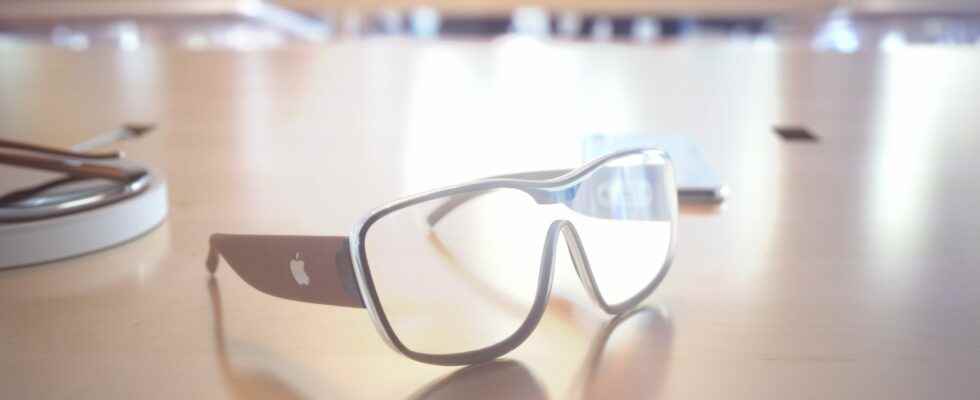OLED is not a display technology that is really suitable for augmented reality glasses. Surprisingly, this is what the leader of Samsung Display, one of the largest manufacturers of small diagonal OLED panels, told us this week. This posture goes against the strategy attributed to Apple in this area.
Could Apple be on the wrong track? If rumors are to be believed, the firm has been working for a few years on the design of augmented reality glasses based on OLED display technology. This week, during a gathering of display manufacturers, the leader of Samsung Display however spoke on the subject. According to him, AR helmets and glasses would do better to rely on other technologies, more suited to this type of device.
OLED not bright enough and too heavy
According to the leader, Kim Min-woo, AR glasses must have screens capable of displaying a very high luminance to compensate for the external brightness. This is a first point on which OLED technology is indeed not optimal. In the absence of backlighting, OLED panels are inherently less bright than more conventional LED screens. This is also an argument often put forward by sellers of LED televisions. For the leader of Samsung Display, using OLED screens on AR glasses could lead to a lack of readability of the ATH (head-up display) in the context of outdoor use.
Another problematic defect for augmented reality glasses: the weight of OLED panels compared to LED screens. Due to its organic nature, OLED requires additional layers of protection to prevent its most sensitive components from being exposed to dust, water or other particles. These protective layers add weight to the OLED panels, which could, according to Kim Min-woo, prove to be a handicap for the use of AR glasses.
What about the QD-OLED developed by Samsung?
As reminded TechRadar, Apple is currently developing, with TSMC, a technique to burn ultra-thin OLED panels for its Apple Glass glasses. For Apple, the choice of OLED would be defended for at least two reasons: the energy efficiency of this technology and the excellent contrast it allows.
If we trust the statements of Kim Min-woo, Apple should nevertheless find another solution. Now it remains to know which one. The QD-OLED track is interesting on paper, since this technology blends the infinite contrast and responsiveness of OLED with the high brightness and vibrant colors of QLED screens. For now, however, QD-OLED is not yet mass-produced in small formats. It will probably take a few years for the miniaturization of this technology to be sufficiently advanced to integrate it, on a large scale, on VR headsets and AR glasses.
Source : TechRadar

4